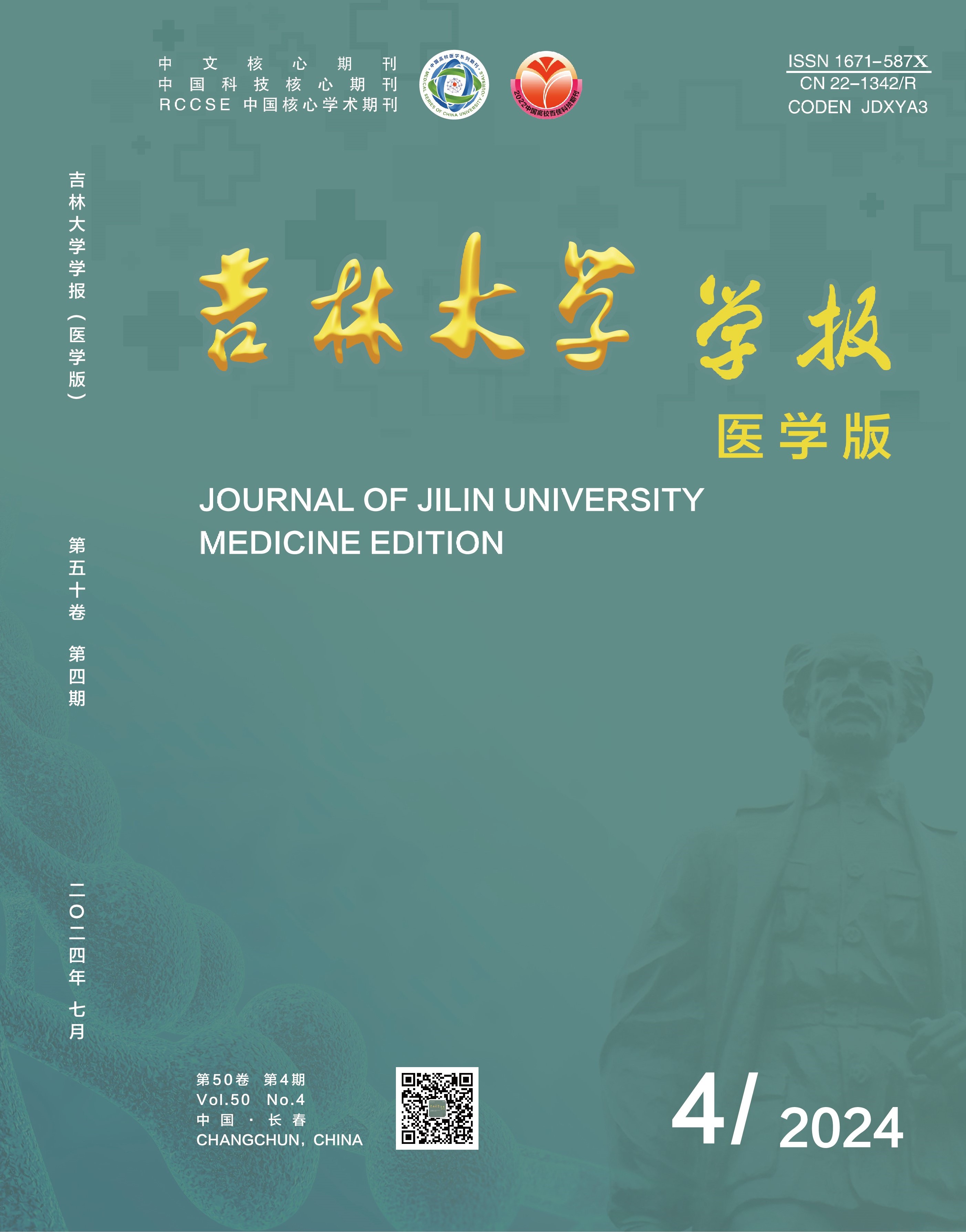Objective To discuss the effects of different concentrations of apigenin (API) on the inflammatory and polarization response of the mouse mononuclear macrophage cells RAW264.7 induced by oxidized low-density lipoprotein (ox-LDL),and to clarify their possible mechanisms. Methods The RAW264.7 cells were divided into RAW264.7 group (without any treatment)and RAW264.7+API group (2, 4, 8, 16 and 32 μmol·L-1 API).After the cells were treated for 24 h.CCK-8 assay was used to detect the proliferation rates of the cells in various groups.The experimental concentration of API was selected.The RAW264.7 cells were divided into RAW264.7 group(normal RAW264.7 cells), RAW264.7+ox-LDL group(induced with 0.08 g·L-1 ox-LDL for 24 h), RAW264.7+ox-LDL+low dose of API group(induced with 2 μmol·L-1 API and 0.08 g·L-1 ox-LDL for 24 h) and RAW264.7+ox-LDL+high dose of API group. Oil red O staining was used to observe the morphology of the foam cells in various groups. The levels of tumor necrosis factor-α(TNF-α),interleukin-1β(IL-1β), interleukin-4(IL-4), and interleukin-10(IL-10) in the cell culture supernant were detected by enzyme-linked immunosorbent assay(ELISA) method. The expression levels of neclear factor-κB(NF-κB) p65, phosphorylated NF-κB(p-NF-κB) p65,inducible nitric oxide synthase(iNOS), signal transducer and activator of transcription 6(STAT6), phosphorylated STAT-6(p-STAT6), and arginase-1(Arg-1) in the cells in various groups were detected by Western blotting method. Results The results of CCK-8 assay showed that the proliferation rates of the cells were significantly decreased with the increasing of the concentrations of API (P<0.05).The non-toxic low concentration (2 μmol·L-1) and high concentration (8 μmol·L-1) of API were selected to use in the follow-up experiment.The Oil red O staining results showed that few RAW264.7 cells were stained with Oil red O; a lot of RAW264.7 cells in RAW264.7+ox-LDL group were stained as dark red,and the lipids in the cells were increased,indicating the foam cell model was successfully established; a little of RAW264.7 cells in RAW264.7+ox-LDL+low dose of API group and RAW264.7+ox-LDL+high dose of API group were stained with Oil red O.The ELISA results showed that compared with RAW264.7 group, the levels of TNF-α and IL-1β in the cell culture supernatant in RAW264.7+ox-LDL group were significantly increased (P<0.05), while the levels of IL-4 and IL-10 were significantly decreased (P<0.05); compared with RAW264.7+ox-LDL group, the levels of TNF-α and IL-1β in the cell culture supernatant in RAW264.7+ox-LDL+low dose of API group,the levels of IL-4 and IL-10 were significantly increased (P<0.05).The Western blotting results showed that compared with RAW264.7 group, the expression levels of iNOS and p-NF-κB p65 proteins in the RAW264.7 cells in RAW264.7+ox-LDL group were significantly increased (P<0.05), and the expression levels of Arg-1 and p-STAT6 proteins were significantly decreased (P<0.05); compared with RAW264.7+ox-LDL group, the expression levels of iNOS and p-NF-κB p65 proteins in the RAW264.7 cells in RAW264.7+ox-LDL+low dose of API group and RAW264.7+ox-LDL+high dose of API group were decreased(P<0.05),and the expression levels of Arg-1 and p-STAT6 proteins were increased(P<0.05);compared with RAW264.7+ox-LDL+low dose of API group,the expression levels of iNOS and p-NF-κB p65 proteins in the RAW264.7 cells in RAW264.7+ox-LDL+high dose of API group were decreased(P<0.05),and the expression levels of Arg-1 and p-STAT6 proteins were increased(P<0.05). Conclusion API can inhibit the foam cell formation of RAW264.7 cells induced by ox-LDL and improve the inflammatory response by regulating the polarization from macrophages into M2, and their mechanisms may be related to NF-κB and STAT6 pathways.

 Table of Content
Table of Content
 Guide to Authors
Guide to Authors


